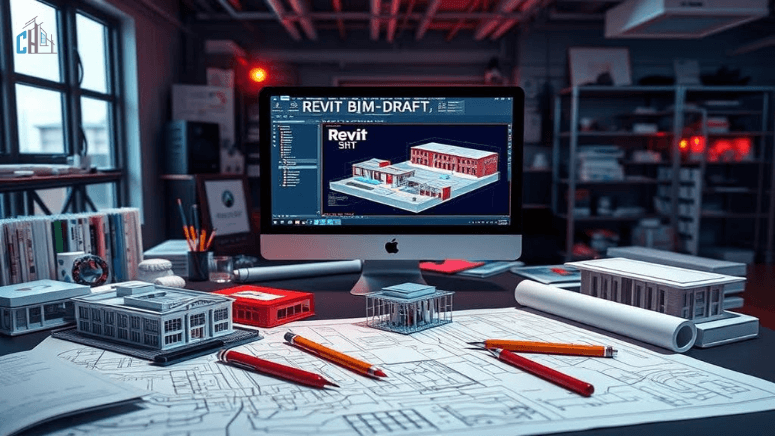Quantifying the future of remote work
Some of you may possibly be reading this blog from a household workstation you configured as attempts ended up carried out to maintain employees risk-free from COVID-19. I talked about in a current blog how these types of perform-from-household arrangements stand for a sharp acceleration of a craze that was presently under way prior to COVID-19. But the massive concern for the U.S. economic system is how quite a few careers, and what sorts, could forever become distant a hundred{d5f2c26e8a2617525656064194f8a7abd2a56a02c0e102ae4b29477986671105} of the time, even just after an efficient vaccine is sooner or later distributed?
The solution could have undeniable consequences on employees, employers, and the economic system. For illustration, if tech employees can just as easily do their careers from household places of work in Toledo or Tulsa or Topeka, do Silicon Valley companies need vast California campuses? And what would that necessarily mean for firms that rely on these types of a focus of employees and for commuting designs? What would it necessarily mean for serious estate price ranges, both of those business and household?
Analyzing the long run of distant perform

Note: Facts as of September 30, 2020.
Source: Vanguard calculations, applying data from the U.S. Bureau of Labor Data O*Net database.
Our 2018 Vanguard investigation paper The Long run of Function found that, contrary to some studies, technological innovation is not widely resulting in careers to disappear, but it is profoundly changing approximately all of them. A job is broadly the sum of its duties. Our paper examined the 41 perform activities, or duties, that make up the approximately 1,000 occupations tracked by the U.S. Department of Labor and discovered that, considering the fact that 2000, duties have widely shifted from remaining standard and repetitive toward “uniquely human” duties that rely on innovative trouble-resolving.
In that research, we centered on the quantity of careers required in the long run (solution: extra in total), without the need of worrying about in which those careers ended up located and whether or not particular kinds could be done remotely. But as the graphic previously mentioned demonstrates, we’ve now done just that. We up to date our undertaking framework in the Labor Department’s universe of occupations. Now, however, we’ve scored just about every occupation’s associated duties on a scale of to 10 for distant-perform probable. A rating of signifies a undertaking that can not be completed remotely at all, when a 10 signifies a undertaking that can be performed fully remotely with equal performance.
We then seemed at which duties ended up critically vital to a given job. For illustration, a bartender’s perform features the critically vital undertaking of mixing beverages but also the not critically vital undertaking of data entry.
Eventually, we assessed which occupations experienced a superior over-all distant rating amid critically vital duties. We locate, as you can see in the graphic, that around fifteen{d5f2c26e8a2617525656064194f8a7abd2a56a02c0e102ae4b29477986671105} of all U.S. careers could be performed remotely. Even though that proportion may possibly sound modest, it signifies possibly over twenty million U.S. employees. That is a big quantity.
Our evaluation involved a conservative threshold of 60{d5f2c26e8a2617525656064194f8a7abd2a56a02c0e102ae4b29477986671105} for critically vital duties, this means that some performance could be “lost” with particular duties remaining done remotely, but that 60{d5f2c26e8a2617525656064194f8a7abd2a56a02c0e102ae4b29477986671105} performance was good sufficient to entire the undertaking. A increased threshold would necessarily mean that much less occupations and employees could forever perform remotely.
The to start with takeaway of our distant-perform evaluation
Possibly our graphic’s most intriguing characteristic is the superior proportion of occupations in the middle—the dots between all-distant and the pre-pandemic standard. This indicates to me that a hybrid design for the long run of perform may possibly emerge for quite a few of us, 1 in which distant perform may possibly suffice for days or weeks at a time, but not the complete year. Soon after all, when a job may possibly be the sum of its duties, a occupation requires a lot extra. There are quite a few “uniquely human” duties than quite a few occupations share these types of as instruction, mentoring, and collaboration for which thoroughly distant perform may possibly pose difficulties.
In the Vanguard Economic and Market Outlook 2021: Approaching the Dawn, which we’ll publish in December 2020, we’ll further more talk about trends that may possibly have been possibly accelerated (these types of as distant perform) or altered by COVID-19 and evaluate their economic and market implications.
But our first examine of distant perform, applying our data-pushed framework, indicates that for quite a few of us, the long run of perform will be like neither the earlier nor the existing. It indicates that, for particular occupations, a hybrid design may possibly emerge that brings together the energy of social conversation with the versatility of distant perform.
Note:
All investing is issue to chance, including the doable decline of the income you devote.








